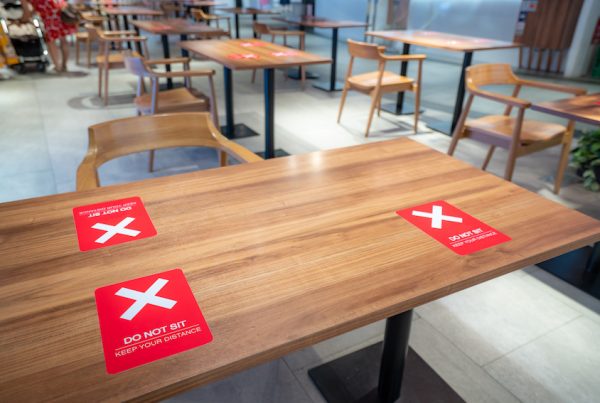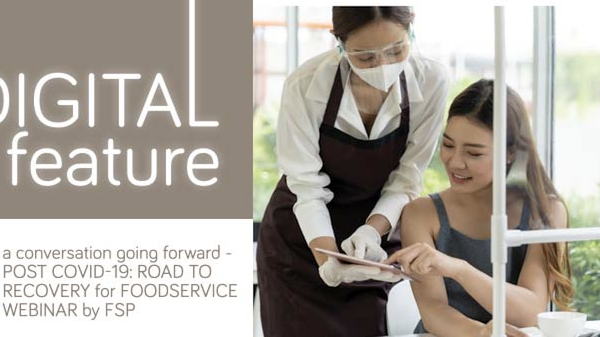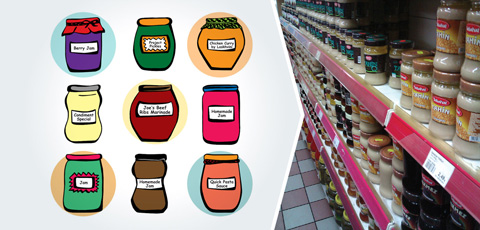
Do you often hear customers in your restaurant say “this sauce is really good. Wish I could re-produce this dish at home”.It is comments like these that have seen brands such as Starbucks and The Coffee Bean & Tea Leaf bottling its beverages for the supermarkets. Enjoy TGI Friday’s appetisers? Just go to the supermarket and you can recreate the “Friday” experience at home. Nando’s too far out? Stash bottles of peri-peri at home! Celebrity chefs are joining the fray too. We don’t visit restaurants of Wolfgang Puck, Emeril Lagasse, Ina Gar ten or Jaime Oliver regularly; so they have brought their cuisine to us in form of frozen ready-to-eat specialties, bottled sauces, marinades and premixed seasonings.
 If customers cannot visit the restaurant often, you go to them. Gone are the days when business owners kept secret recipes to themselves. Consumers also understand that eating out and eating at home come with different experiences. If they enjoy what they’ve bought at the store, they might return to the restaurant on an occasion. Retailers are generally open to carry restaurant brands that are already established because it is less complex than creating a new brand and product from scratch. They know that customers tend to buy what they know and “love these types of products because they identify them with providing a restaurant-quality experience less expensively”. When customers see you in the aisles, they will remember your restaurant and this special sauce will also reach a whole new group of audience you are yet to meet.
If customers cannot visit the restaurant often, you go to them. Gone are the days when business owners kept secret recipes to themselves. Consumers also understand that eating out and eating at home come with different experiences. If they enjoy what they’ve bought at the store, they might return to the restaurant on an occasion. Retailers are generally open to carry restaurant brands that are already established because it is less complex than creating a new brand and product from scratch. They know that customers tend to buy what they know and “love these types of products because they identify them with providing a restaurant-quality experience less expensively”. When customers see you in the aisles, they will remember your restaurant and this special sauce will also reach a whole new group of audience you are yet to meet.
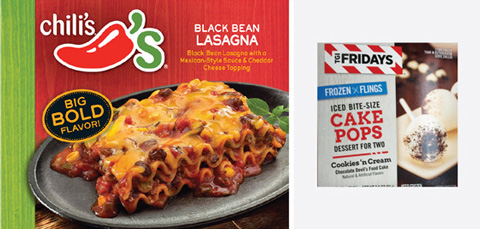
PUT A LABEL ON IT! WAIT… HERE’S A CHECKLIST
The process is not as simple as cooking up a batch of sauce and pouring it into bottles and asking a retailer to put it in the shop. Here are some factors to consider:
Where Do You Sell?
Introduce the product to your in-store customers first. You can then move to farmers’ markets, online business or small independent specialty shops. If your ultimate aim is to be on chain supermarket shelves, you need to set aside budget for large scale productions as the game changes very much at this point.
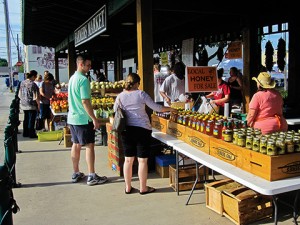 Recipe Tweaks
Recipe Tweaks
Customers who buy bottled sauce should have an experience as similar as one in the restaurant. Hence, instructions must be clearly provided. That aside, what many business owners might struggle with when deciding to go retail is management of its shelf-life. In the restaurant, you may make batches regularly as you can predict how long it will last and, in that case, there is probably little need for any preservation elements.
While fewer additives look good, this cuts into your costs if they aren’t sold out fast enough. Some countries have regulations on preservaties. For example, the United States of America’s Food and Drug Administration deems certain shelf-life extenders as safe and allows it to be labeled as “natural flavours”due to the ingredients and the natural process through which it is derived.
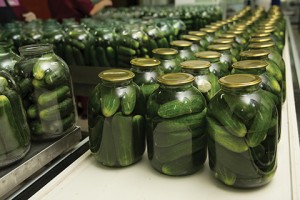 Who Is Packing?
Who Is Packing?
Unless you have the budget and space for bottling or bagging machines, many restaurants who do retail opt to work with co-packing companies who have systems and machinery in place for such volumes. This collaboration would mean you losing a certain extent of control in production. Most co-packers have their own ingredient suppliers which they have worked out arrangements to ensure deliver y times, sourcing and budgeting.
If you are very particular with where you source ingredients, you may want to discuss it with the packing company. On top of this, there is usually a minimum production volume for co-packers to run a production cycle to be more cost efficient. It will take time to build a rapport with your co-packer who is also likely to have contacts with many retailers and could introduce you to them! Of course, you must sign an agreement that your recipe belongs to you only; even if change of co-packer takes place.
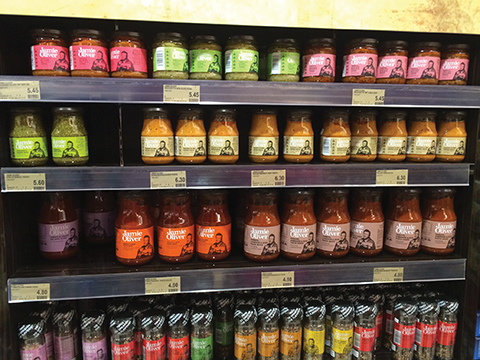
Packaging Size
This would likely depend on the product being sold. A ready-to-eat meal should ideally be similar in portion size as served in the outlet. For sauces, marinades or mixed spices; a reasonable size for one to two servings would be easier to sell as consumers can get over whelmed and unsure of a large bottle. They are usually unsure of paying a higher price for bottled products even though they have fond memories of what is served in the restaurant. This also relates to competitive pricing. If you are sure there is nothing like yours in the market, it may be possible to price it higher but there might be others that look similar (consumers can’t tell without tasting, can they?). If your manufacturer tells you that it needs to be sold at 1 dollar more than the closest looking item, you need to decide if it is a risk you want to take.
Get It Flying Off The Shelves
The same customers who encouraged your going into retail ought to be your first line of feedback. Free samples are a given and if you are opening at pop-up markets or farmers’ markets, it would be good to cook and pass out samples there. Try and do the same if you have managed to secure a space in a supermarket. Packaging is also pretty much everything these days. For regular customers, labels need to resonate with their dining-in experience and to capture new audiences, usually sharing the story of the brand helps.
According to Francine Stephens, owner of BLKYN Larder, a specialty food store in Brooklyn, New York; they try to retail products that have a sense of place and a sense of history. Enlist brokers to help you pave the way into big supermarkets. Although it will look good for your product, there is also a possibility of being over whelmed by 100 other brands vying for the customer’s attention. In this aspect, a label is not just something stuck to show the name. Think of the shape of the container… what design elements or choice words will attract the buyer? Your brand should already have a steady marketing platform and active audience as it will be easier to reach out to the masses to intrigue, inform and ultimately sell this “secret” sauce!








